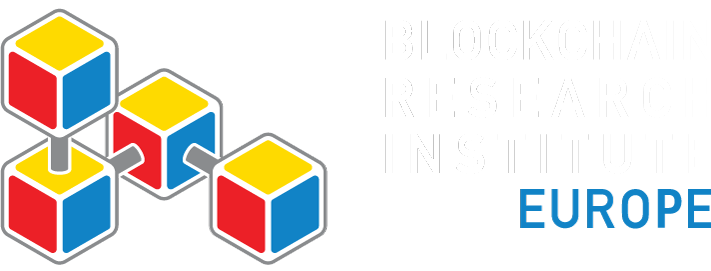Blockchain & the Digital Transformation of Property Insurance
Report Overview
Author: Bob Tapscott, John Carpenter
Release Date: November 24, 2020
Abstract:
This project explores applications of blockchain technologies to the market for property insurance. The authors explain how distributed ledgers could simplify and speed up both proof of insurance and the processing of insurance claims and open up markets for microinsurance. Property insurers and insurtech innovators could offer a new generation of radically simplified and less expensive insurance products with simpler terms automated through smart contracts, which would reduce much of the operating costs of traditional insurance companies, their actuaries, accountants, and adjustors.
